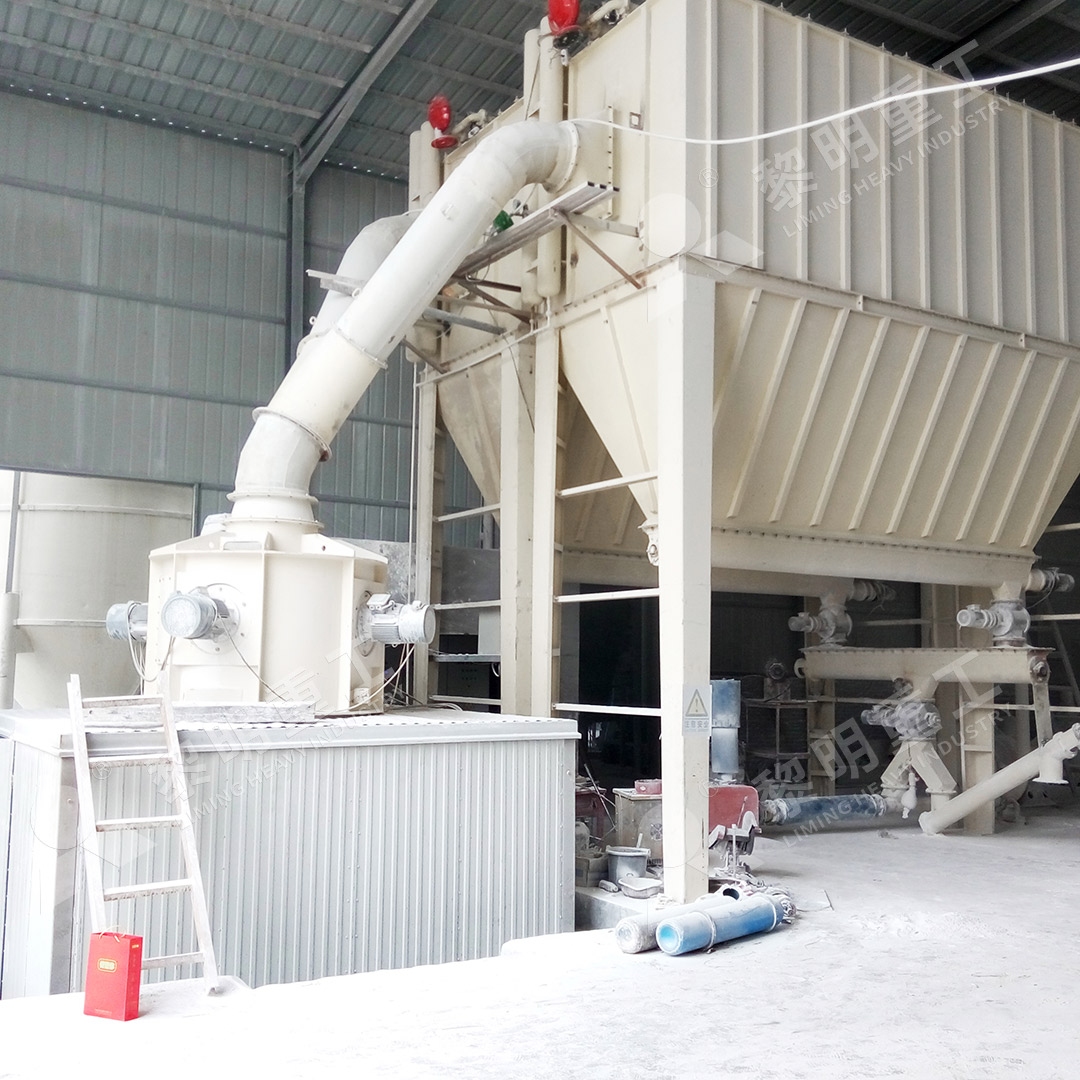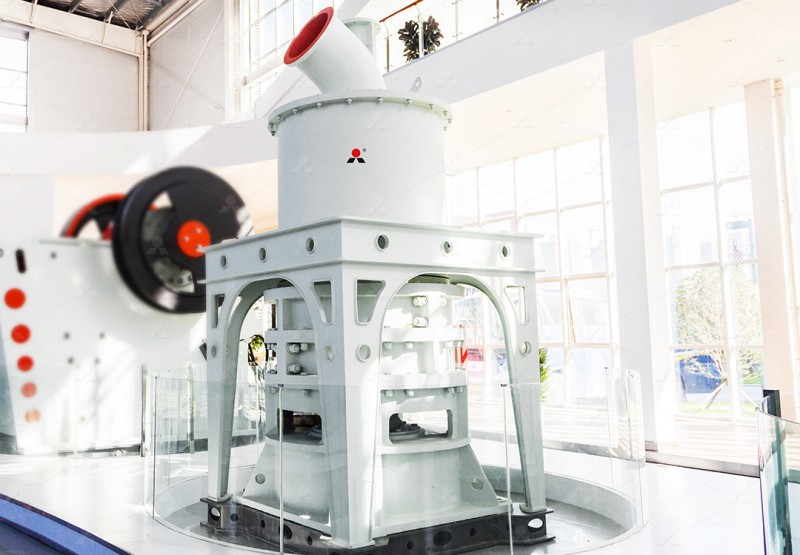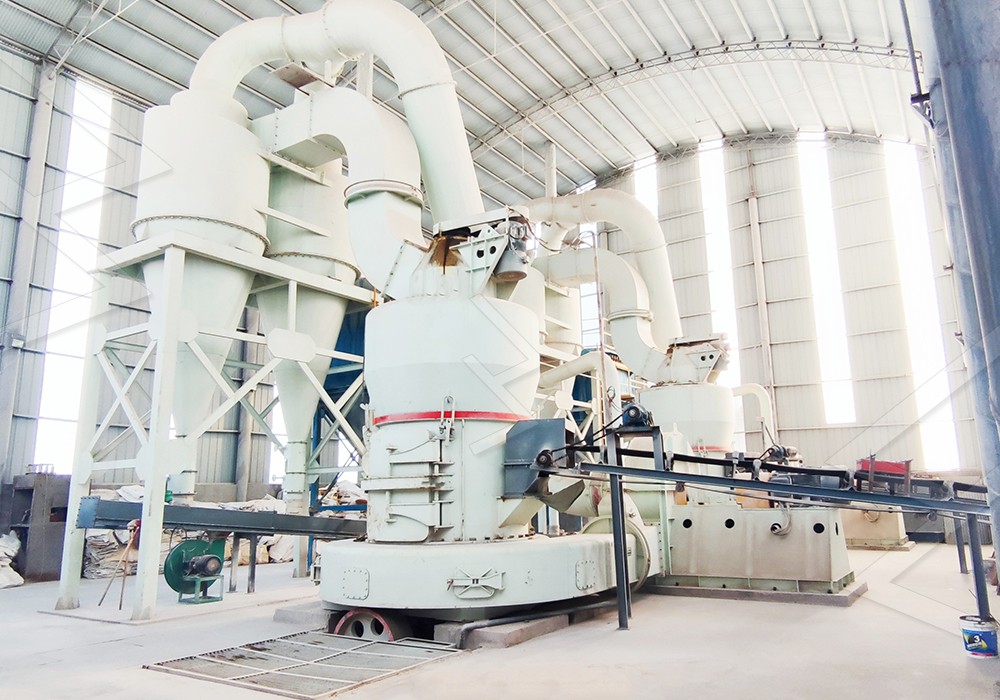High-Efficiency 4500 Mesh Dolomite Grinding Mill for Ultrafine Powder Production
Unlocking New Frontiers in Ultrafine Powder Production
The demand for ultrafine dolomite powder has surged across multiple industries, from plastics and paints to advanced ceramics and construction materials. Achieving consistent 4500 mesh fineness while maintaining production efficiency represents a significant technological challenge that conventional grinding equipment often fails to meet. The limitations of traditional mills become apparent when pushing beyond standard fineness thresholds, resulting in compromised particle size distribution, excessive energy consumption, and operational instability.

Modern industrial applications require more than just fine powder—they demand precisely controlled particle size distribution, minimal contamination, and sustainable operation. This is where advanced grinding technology makes the crucial difference between mediocre and exceptional product quality.
The Engineering Breakthrough in Ultrafine Grinding
Contemporary grinding solutions have evolved significantly from their predecessors. The integration of German powder separation technology with advanced grinding curve designs has revolutionized ultrafine powder production. These innovations enable manufacturers to achieve unprecedented fineness levels while simultaneously reducing operational costs.
One standout solution that exemplifies this technological advancement is our MW Ultrafine Grinding Mill. This system represents a paradigm shift in dolomite processing, specifically engineered for customers requiring ultra-fine powder production. With an input size capacity of 0-20 mm and production rates ranging from 0.5 to 25 tph, this mill delivers exceptional performance across various production scales.
Key Advantages for 4500 Mesh Dolomite Production
The pursuit of 4500 mesh dolomite powder necessitates equipment capable of maintaining precision at extreme fineness levels. The MW Ultrafine Grinding Mill addresses this challenge through several innovative features:

Superior Grinding Efficiency: The newly designed grinding curves of the grinding roller and ring enhance grinding efficiency dramatically. Comparative analysis demonstrates that with identical fineness and power consumption, production capacity exceeds that of jet mills and stirred mills by 40%, while doubling the output of traditional ball mills. Meanwhile, system energy consumption registers at just 30% of jet mill requirements.
Precision Particle Control: The cage-type powder selector, incorporating German technology, ensures exceptional separation precision. The multi-head cage-type powder selector can be configured according to specific production requirements for yield, fineness, and sieving rate. The system achieves adjustable fineness between 325-2500 meshes, with screening rates reaching d97≤5μm in a single pass.
Enhanced Operational Reliability: By eliminating rolling bearings and screws within the grinding chamber, the MW Ultrafine Grinding Mill eliminates concerns about bearing damage or seal failures. The external lubrication system enables continuous 24-hour operation without shutdowns for maintenance.
Environmental Compliance and Operational Excellence
Modern manufacturing cannot overlook environmental responsibility. The integrated pulse dust collector ensures dust-free operation throughout the entire milling process, while silencers and noise elimination rooms significantly reduce acoustic pollution. The entire production system adheres strictly to national environmental protection standards, providing manufacturers with both performance and compliance assurance.
For operations requiring even greater precision and advanced vertical integration, our LUM Ultrafine Vertical Grinding Mill offers complementary capabilities. With input sizes of 0-10 mm and capacity ranging from 5-18 tph, this system incorporates the latest Taiwanese grinding roller technology and German powder separating technology, providing an optimal solution for specialized ultrafine powder applications.

Practical Implementation Considerations
Transitioning to high-efficiency ultrafine grinding requires careful planning. Facility layout, material handling systems, and downstream processing equipment must be evaluated to ensure optimal system integration. Our technical team provides comprehensive support from initial assessment through commissioning and ongoing operation.
The digital processing capabilities of these systems, with numerically controlled operations for cutting, bending, planing, milling, and paint spraying, ensure exceptional machining precision, particularly for core components. This manufacturing excellence translates directly to operational reliability and consistent product quality.
Frequently Asked Questions
What makes the MW Ultrafine Grinding Mill suitable for 4500 mesh dolomite production?
The MW Mill’s advanced cage-type powder selector technology and precision grinding curves enable consistent production at extreme fineness levels, while its robust construction ensures reliable operation under demanding conditions.
How does the energy consumption compare to traditional grinding systems?
The MW Ultrafine Grinding Mill reduces energy consumption by approximately 70% compared to jet mills and 50% compared to ball mills while achieving superior production rates.
What maintenance requirements should we anticipate?
The elimination of internal rolling bearings and screws significantly reduces maintenance needs. The external lubrication system allows for maintenance without production stoppages, maximizing operational uptime.
Can the system handle variations in raw material quality?
Yes, both the MW and LUM mills are engineered to accommodate normal variations in feed material characteristics while maintaining consistent output quality.
What environmental compliance features are included?
The integrated pulse dust collector ensures virtually dust-free operation, while noise reduction systems maintain workplace acoustic standards, ensuring full compliance with environmental regulations.
